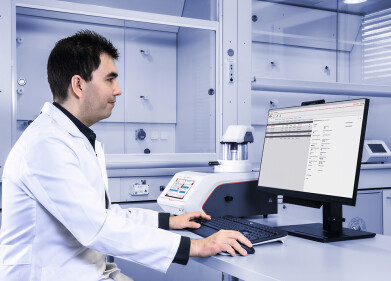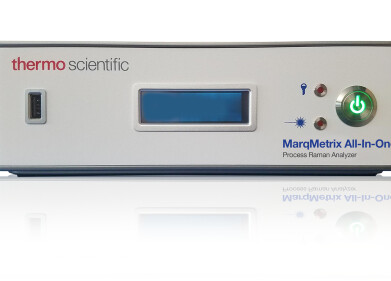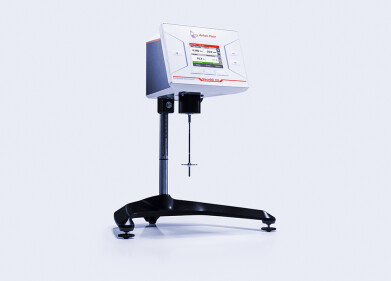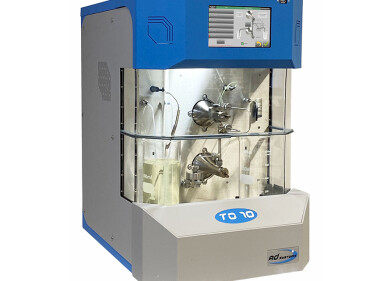Analytical instrumentation
Analysis of biodiesel-diesel blends using ultrafast gas chromatography and chemometric methods: Extending ASTM D7798 to biodiesel.
Jun 20 2018
In a recent independent study, conducted by Amber M. Hupp1, et. al. and published in Fuel, ultrafast gas chromatography and chemometric methods were utilised for the evaluation of biodiesel-diesel blended fuels.
Falcon Analytical, Infometrix® and many other contributors assisted in the study. Here we have excerpted some key information from the study and offer the reader an opportunity to link to and read the complete study.
Biodiesel is most commonly added to diesel fuel to intentionally decrease greenhouse gas emissions. Life cycle analysis measures 74% fewer emissions for 100% biodiesel (B100) compared to petroleum diesel. Even a small addition of biodiesel, say 20% by volume (called B20), can decrease hydrocarbon emissions by about 20% and carbon monoxide emissions by about 13%.
On the other hand, fraudulent addition of biodiesel and other materials is on the rise. By adding biodiesel, motor oil, or vegetable oil to diesel, fuel sellers can avoid diesel roadside tax or attempt to increase profit margins. This type of fuel adulteration is a problem for governments who lose important tax dollars and for consumers because of possible negative impacts on engine performance.
Thus, having a fast and sensitive method for detection and quick determination of biodiesel concentration is valuable for a variety of fields where biodiesel is blended with traditional diesel.
In this study ultrafast gas chromatography (UFGC) along with supervised and unsupervised chemometric methods were utilized for evaluation of biodiesel-diesel blended fuels.
In the study separations were performed using a CALIDUS™ Ultrafast Gas Chromatograph, employing the ASTM D7798 Ultrafast GC SimDis Method.
Samples were aligned using Infometrix Lineup™. Aligned files were imported into Infometrix Pirouette® v4.5 for chemometric analysis.
In brief, the study concludes that the use of a UFGC and the diesel method ASTM D7798, along with several chemometric methods, was successful for the analysis of biodiesel-diesel blends. For the most common sources of biodiesel, the UFGC method required run times of only 2.5–3 min, resulting in a cycle times under 5 min.
Because other sources of diesel contamination, not included in this study, can mix in higher molecular weight components, the study focused on a 5-min run time and roughly 7-min cycles to ensure these higher weight contaminants did not confound the analyses.
In effect, the author concludes, a method (D7798) that is currently used in several sectors for fast analysis of diesel can now be utilised for chromatographic analysis of biodiesel-diesel blends.
Digital Edition
PIN 25.6 Buyers' Guide
January 2025
Buyers' Guide Directory - Product Listings by Category - Suppliers Listings (A-Z) Articles Analytical Instrumentation - ASTM D7042: The Quantum Leap in Viscosity Testing Technology -...
View all digital editions
Events
Jan 20 2025 San Diego, CA, USA
Jan 22 2025 Tokyo, Japan
Jan 25 2025 San Diego, CA, USA
SPE Hydraulic Fracturing Technology Conference and Exhibition
Feb 04 2025 The Woodlands, TX, USA
Feb 05 2025 Guangzhou, China




















